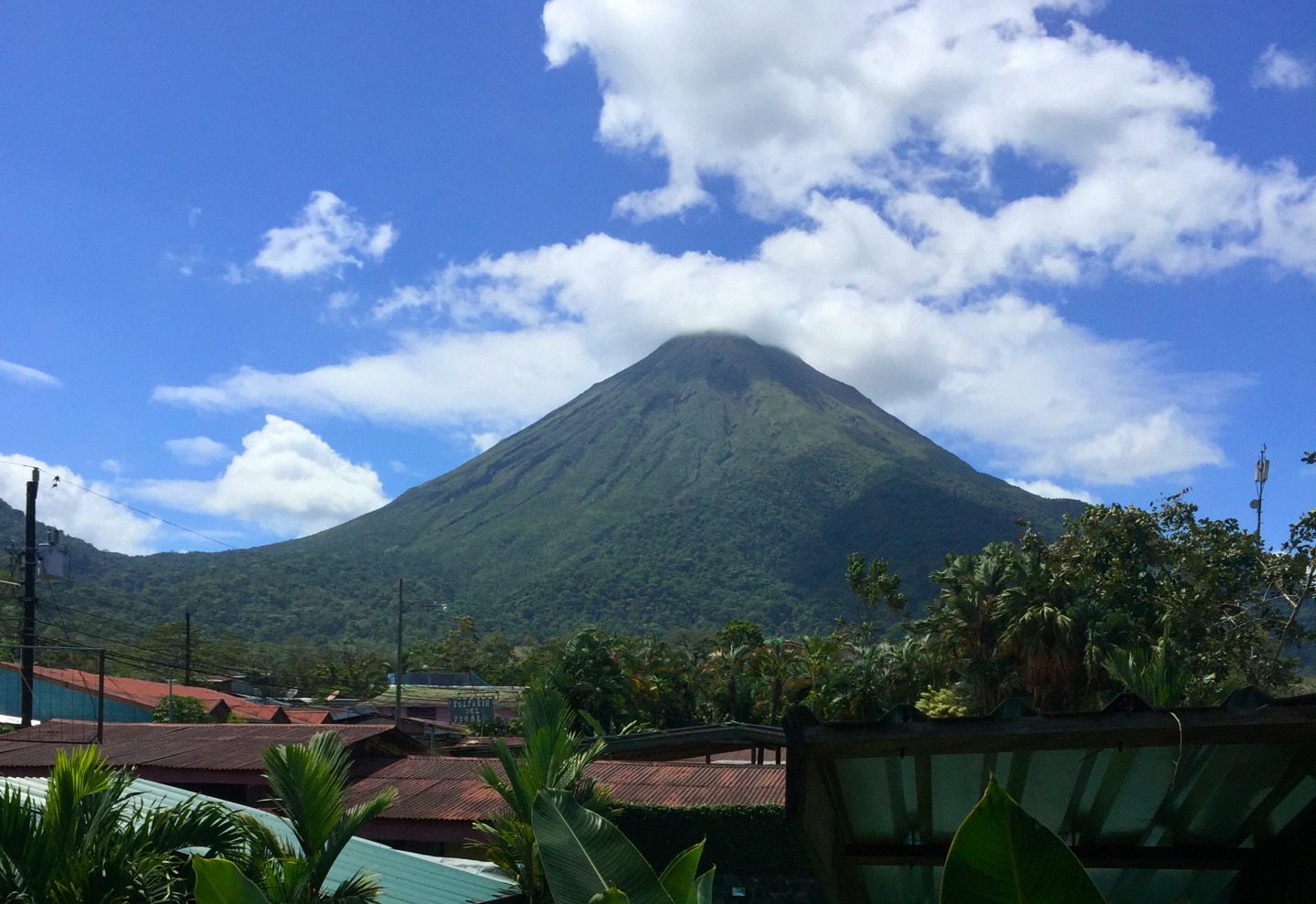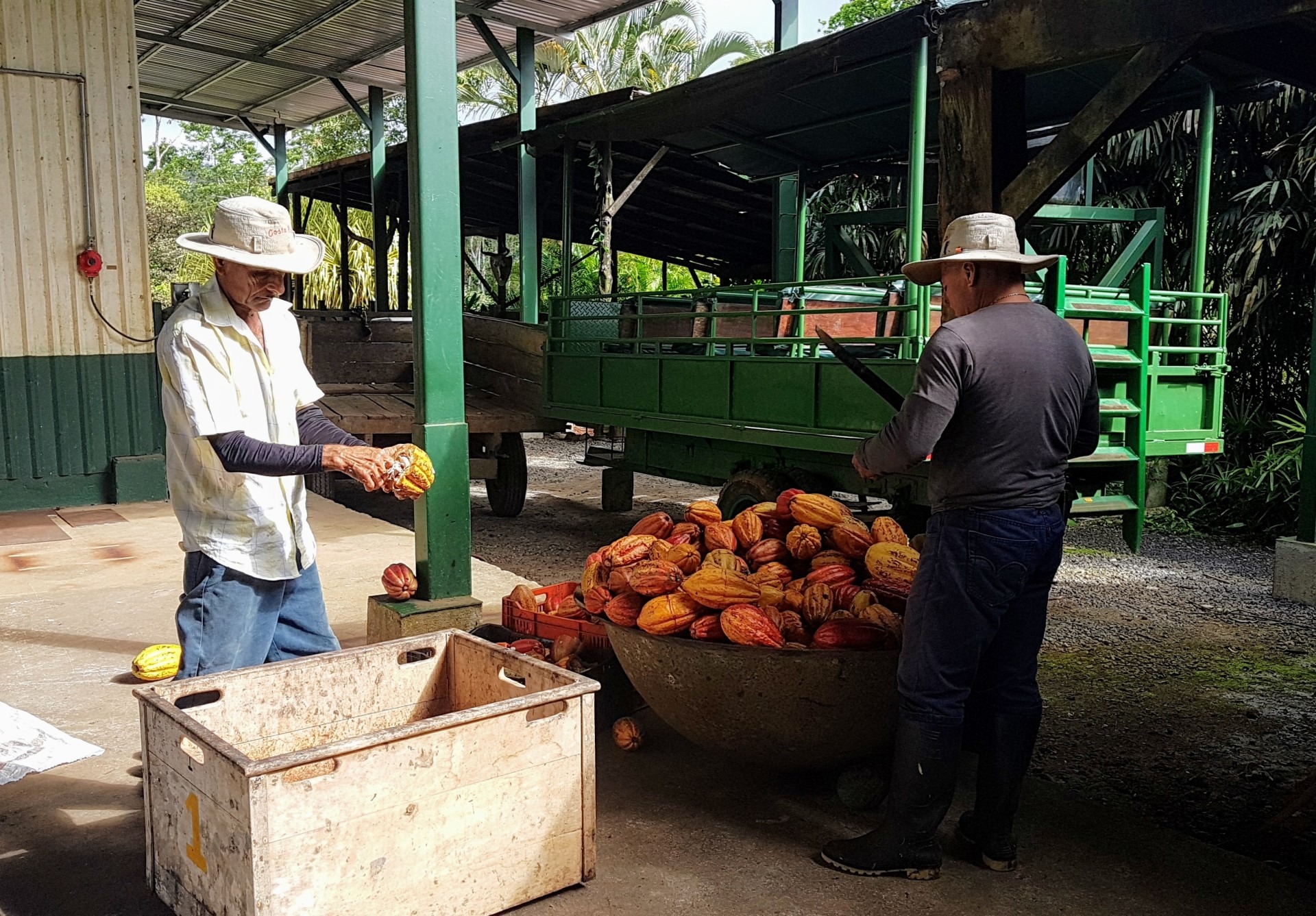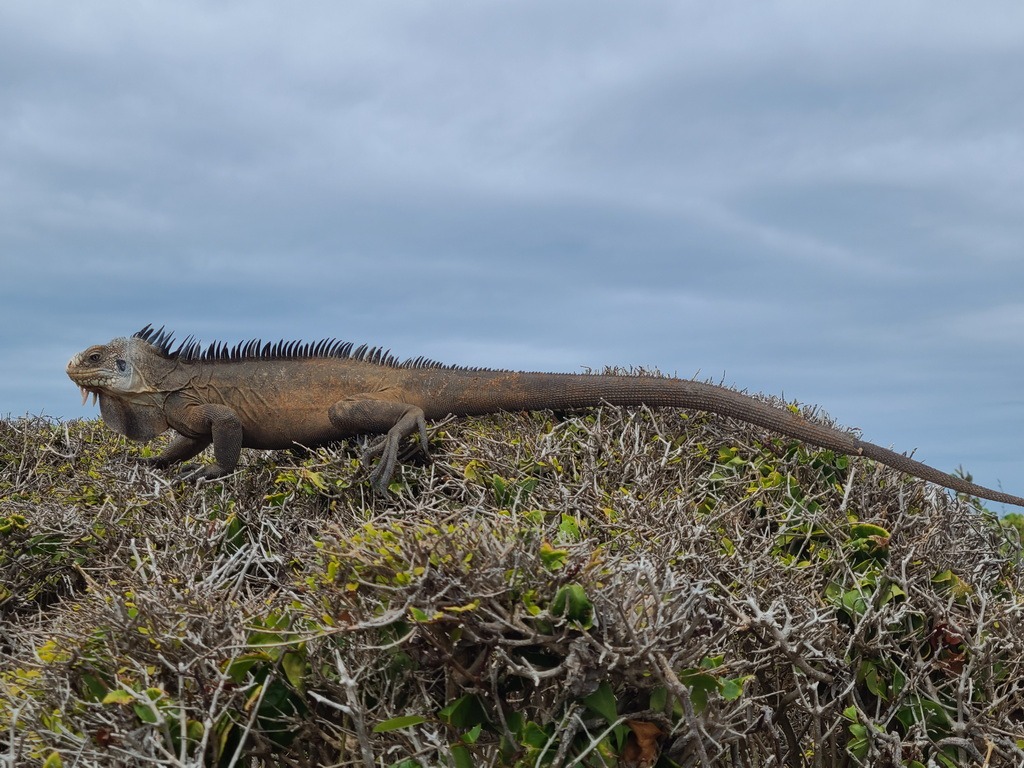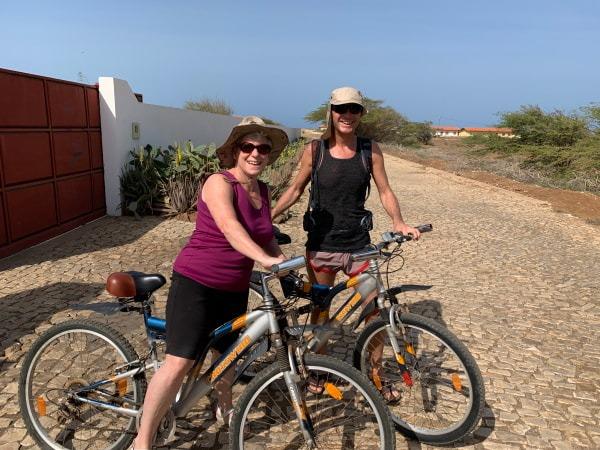
Our first week in Costa Rica has been a study in contrasts.
We started out in the hyper-touristy village leading into Manuel Antonio Nature Reserve. DH had chosen a lovely little hotel with a pool, very close to the park entrance (the Hotel Vela Bar). His figuring was that if my ankle/leg was giving me grief, I could still be happy at the hotel, and since monkeys know no boundaries, I’d be able to see monkeys, birds, iguanas (and, it turned out, even a boa constrictor!) poolside.
Manuel Antonio Nature Reserve
Luckily, I was able to walk in the reserve. It wasn’t exactly the natural paradise one might have expected: there are so many tourists that the paths are all paved. That said, the park is worth visiting, and it has two beautiful beaches as well as the animals.
Tips for visiting Manuel Antonio Reserve
- If you are with someone, one of you should wait in the entry lineup while the other goes to buy the tickets. (Or buy your tickets in advance.) They do not take credit cards at the gate, but they do have a banking machine right there.
- There’s no need to hire one of the hordes of guides who, for US$40 will “guarantee” that you’ll see a sloth. Just look for a crowd of people, look up, and you’ll see ‘em!
Apart from the Reserve, there was also a gorgeous, white sand beach (Espadilla Beach) a five minute walk in the other direction from our hotel.
The thing we really didn’t like was the food. Our hotel provided a decent breakfast, but we tested out all the restaurants “on the strip” and they were all pretty bad, and very expensive. (Costa Rica is no longer a cheap destination!)
Parque Nacional Marino Ballena
From Manuel Antonio we drove to a huge, beautiful, unpeopled beach at Parque Nacional Marino Ballena. It was easy to imagine that we had washed up on a desert island, complete with coconut palms and monkeys. The water was beautifully warm, and had gentle waves. There was not another soul in sight.
The Kindness of Strangers
Then we continued our drive into the mountains. About ¾ of the way to our destination, we suddenly heard two loud noises, as though we’d run over something big, though there was nothing in the road. We pulled over as soon as we could, and discovered that one of the tires had popped. There was a huge split in the side of it!

Under the scorching afternoon sun, we tried to use the emergency kit in the trunk to change the tire, but the little jack they’d given us couldn’t possibly get solid enough footing on a gravel and dirt shoulder of the road to lift the car. As we were struggling with it, a pickup truck pulled over and two strong young men came to our rescue. They had a proper jack and a bigger tire iron to get the bolts off. But whoever had put that tire on had over-turned the bolts, so even the two of them together couldn’t do it.
Then one had a brilliant idea and ran across the highway to a nearby farm. He came back with a length of hollow metal pipe, which they slipped over one end of the tire iron for extra leverage. It was still hard work, but they eventually did manage to get the tire off and the spare on.

We thanked them profusely and tried to give them the equivalent of US$40 (20,000 colones), but they refused. Since I do now understand some Spanish, I realized they weren’t objecting to the notion of payment, but to the amount being way too much. Looking at the smaller bills I had we gave them about $10; as we put it, enough for them each to have a beer for their troubles. That they were willing to accept.
Talamanca Nature Reserve

We continued up into the mountains and managed to get to the Talamanca Nature Reserve, next to Chirripó National Park, just before dark. I hope to write a more detailed article about the reserve, and the story of its general manager, Kenneth Hernandez, for publication in a travel magazine, so I can’t tell you too much here. But the short story is that 33 years ago, concerned about the loss of more and more cloudforest to coffee plantations and cattle farms, a US-based not-for-profit corporation was established to maintain what is now some 4,000 acres of land and to provide local employment.

They have built a beautiful, relaxing mountain retreat, with over a dozen trails through the forest, 10 waterfalls and some landscaped gardens where you can just sit and relax, looking at beautiful scenery and counting bird species that you see. (There are some 300 different types of birds in the reserve). Little cottages are spread throughout the property, most not far from the restaurant and reception area, but some off on their own, further away.

We were lucky and got put all by ourselves in a big Frank Lloyd Wright style house 800 metres up a steep hill. This house is sometimes used by the corporate directors. Because it doesn’t get used all that often, the gardens have become a bit overgrown, but they are still gorgeous, as is the view over the valley. Worth the trek up and down that hill for breakfast and dinner.

Speaking of which… they also got a good chef in. So unlike the dreck we were eating in the first village, the food here was good and at a reasonable price. They have a small, but good selection of wine to go with it.
Their staff have been superbly trained, and go out of their way to cater to your needs and to make sure you have a wonderful visit.
Final Thoughts
All in all, Costa Rica is still a beautiful place. It has many bubbles of the nature and tranquility it has long been famed for. But you have to hunt for them amid all the hyper tourism.





